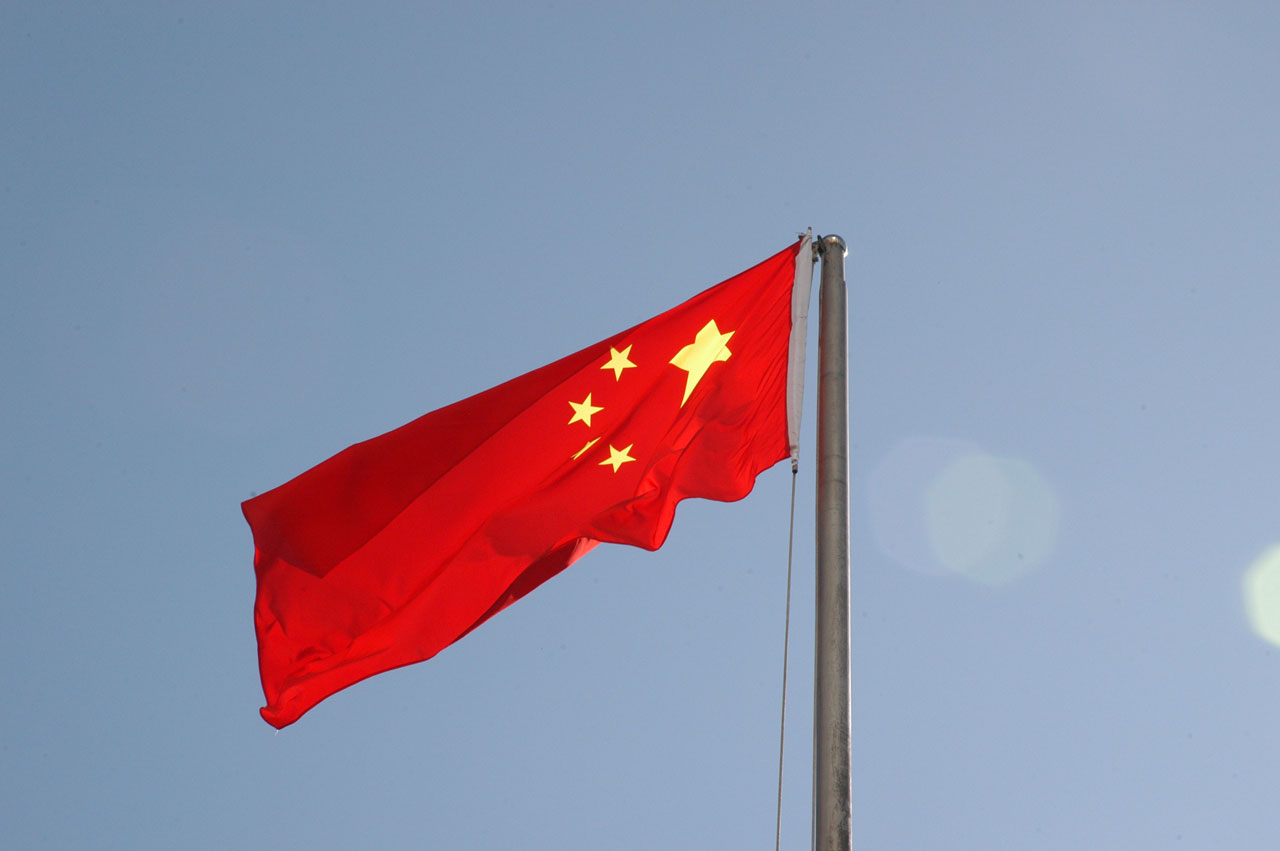The target deficit for 2018 was reduced to 2.6% of GDP from 3% of GDP in the previous two years.
The target for economic growth at 6.5% is consistent with the promise of President Xi Jinping to provide a "moderately prosperous society" by 2020.
Premier of the State Council Li Keqiang on Monday delivered an annual report at the session of the National People's Congress (NPC).
The Chinese authorities have lowered the target growth rate of the M2 money supply (cash and all deposits). It is expected that the aggregate of the M2 money supply will grow at a similar pace compared to last year. The authorities reiterated that sound monetary policy will remain neutral this year and that they will maintain liquidity at a reasonable and stable level.
In 2017, the growth of China's economy accelerated for the first time since 2010 against a background of strong global growth.
As a result of 2017, GDP increased by 6.9% after rising by 6.7% in 2016, significantly exceeding the target growth rate that was set by the government at 6.5%.
According to the report of Li Keqiang, the costs of fighting pollution (one of the government's key objectives) will increase by 19% to 40.5 billion yuan. The authorities are seeking to reduce emissions of sulfur dioxide and nitrogen oxide by 3% and continue to reduce smog in key areas. Over the past five years, the number of days with severe air pollution in key cities has decreased by 50%, the report says.
Economic growth will be supported by a reduction of taxes for businesses and individuals by 800 billion yuan, while the use of special-purpose bonds will give priority to "supporting current local projects so that they achieve sustainable progress," the Ministry of Finance said.
Other key economic objectives:
• The growth of consumer prices to be about 3%, which coincides with the expectations of last year;
• The growth of retail sales in 2018 to be about 10%;
• Creating 11 million new jobs in urban areas, as in the past year;
• The level of registered urban unemployment in urban areas will remain at 4.5%;
• The RMB exchange rate to remain stable at the equilibrium level;
• The steel production capacity will be reduced by approximately 30 million tons compared to last year's target of 50 million tons;
• Defense spending will increase by 8.1%, the maximum rate for three years.
source: bloomberg.com





